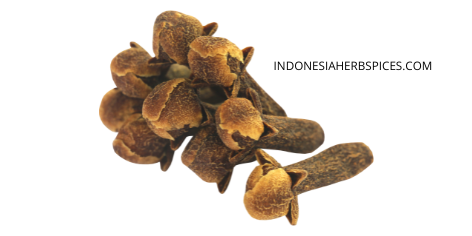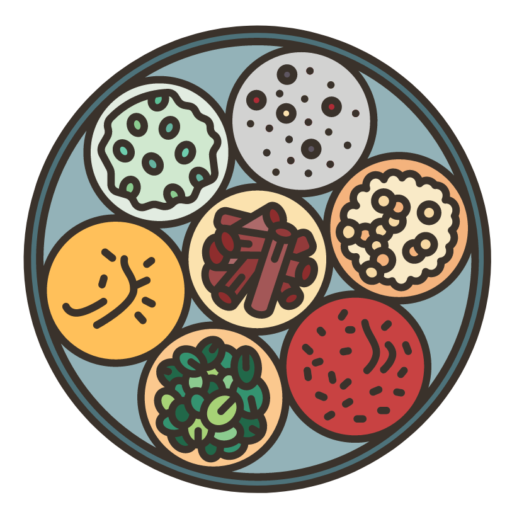
Growing a clove spice plant requires patience and diligence to maximize your clove yield. Cloves generally require special care, which raises concerns for farmers, but all of this is rewarded by a promising sales price.
3 Steps To Cultivate Clove Spice Plant
The procedure for growing clove spice plant can be done in the following ways:
1. Growing conditions
Clove plants should be grown in tropical, moist, loamy soil types. The clove tree should be planted in a well-drained area. Ideally, cloves are grown at an altitude of 1,500 meters above sea level.
2. Transplant
Choose high-quality, excellent-quality clove seeds. A good seed produces a good tree as well as a good fruit. Select seeds with the following characteristics:
First-year seedlings with a tree height of 60 cm or more2-year-old seedlings, at least 90 cm tall
Make sure the seed is disease-free and that he has one stem with about seven pairs of branches. The number of leaves should also be considered. This is about 63 pairs of fresh green young leaves and dark green old leaves.
The clove spice plant site should be free of weeds and the roots of other plants. Loosen the soil with a shovel and wait about a week for the wind to carry away the toxins in the soil.
After the land is ready, the planting stage can be carried out. The best time to plant cloves is at the beginning of the rainy season so that you can meet the plant’s water needs.
2. Treatment
After sowing, perform regular maintenance. Cloves need proper care, especially during the first 1–5 years of life. One example is the Afo clove of Ternate, which is 250 years old and still producing.
- Injection
Regular watering is necessary so that young plants do not die from lack of water. Irrigation also works to keep the soil moist, especially during the dry season when additional watering is required.
- Concentrated
Fertilizers are given to the trees to speed up their growth and increase carnation production. Fertilizers, such as manure or compost, can be applied every 6 months. Poke a hole around the plant and spread compost in the hole.
- Pathological lesion
Clove trees are highly susceptible to pests and diseases. Pests that attack clove plants are usually root destroyers, shoot destroyers, borers, and leaf destroyers.
Diseases of clove plants that often attack are Toxocaria, woody vascular fungi, leafpox, and downy mildew. To control it, you can use fungicides and insecticides.
- Embroidery
Threading is the process of replacing dead clove plants with new, superior seeds. The replacement seeds should be of the same age as the ones you are discarding. The best time for embroidery is the rainy season.
- Fertilizing and weeding
Remove weeds about once every 6 months. Weeding is the act of removing wildflowers and weeds from your garden that feed on the nutrients you need to set aside for clove plants.
3. Clove Harvest
Clove trees start bearing fruit when they are 5-7 years old. The flowers that are harvested are the incompletely flowered flowers. Cloves are harvested directly by hand so as not to damage the leaves and stems. Because it is a tall tree, it is picked using a wooden ladder.After the first stage of harvesting, we take care of the clove spice plant so that they can continue their production in the next harvest. For reference, the price of cloves is constantly increasing every year.
If you interest to know more information about clove and other Indonesia herb spices, you can visit our website. You can also click link WhatsApp here to connect directly with us.
